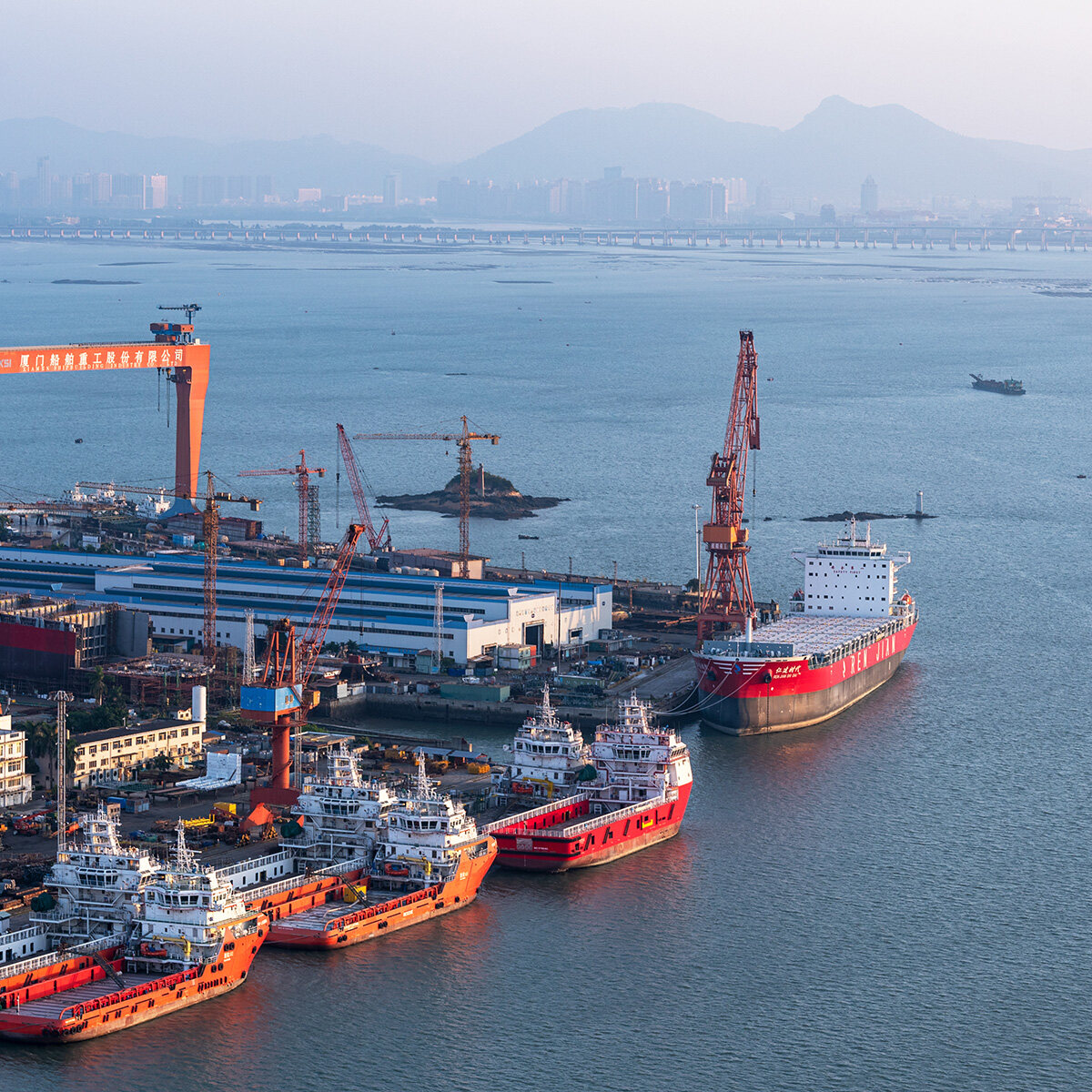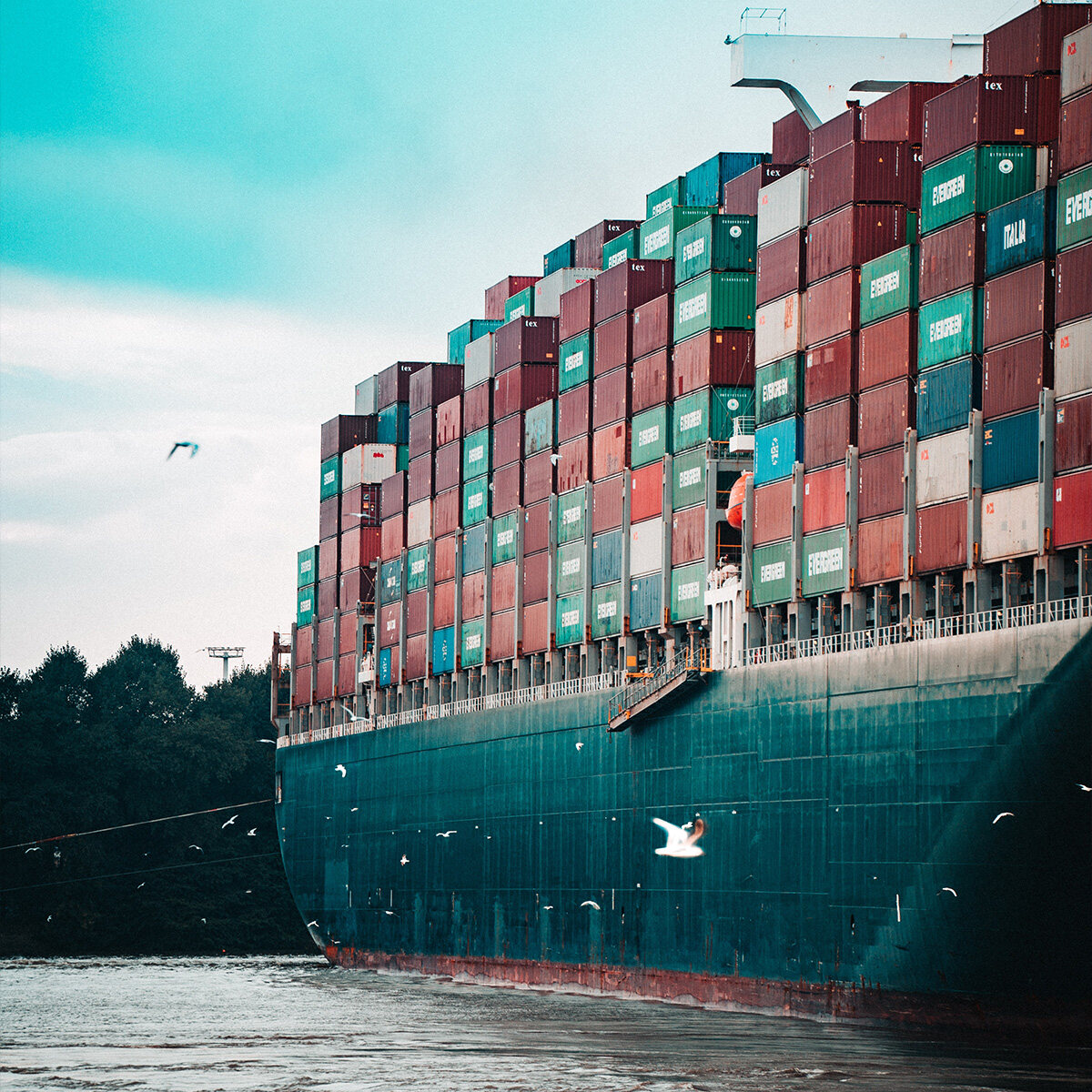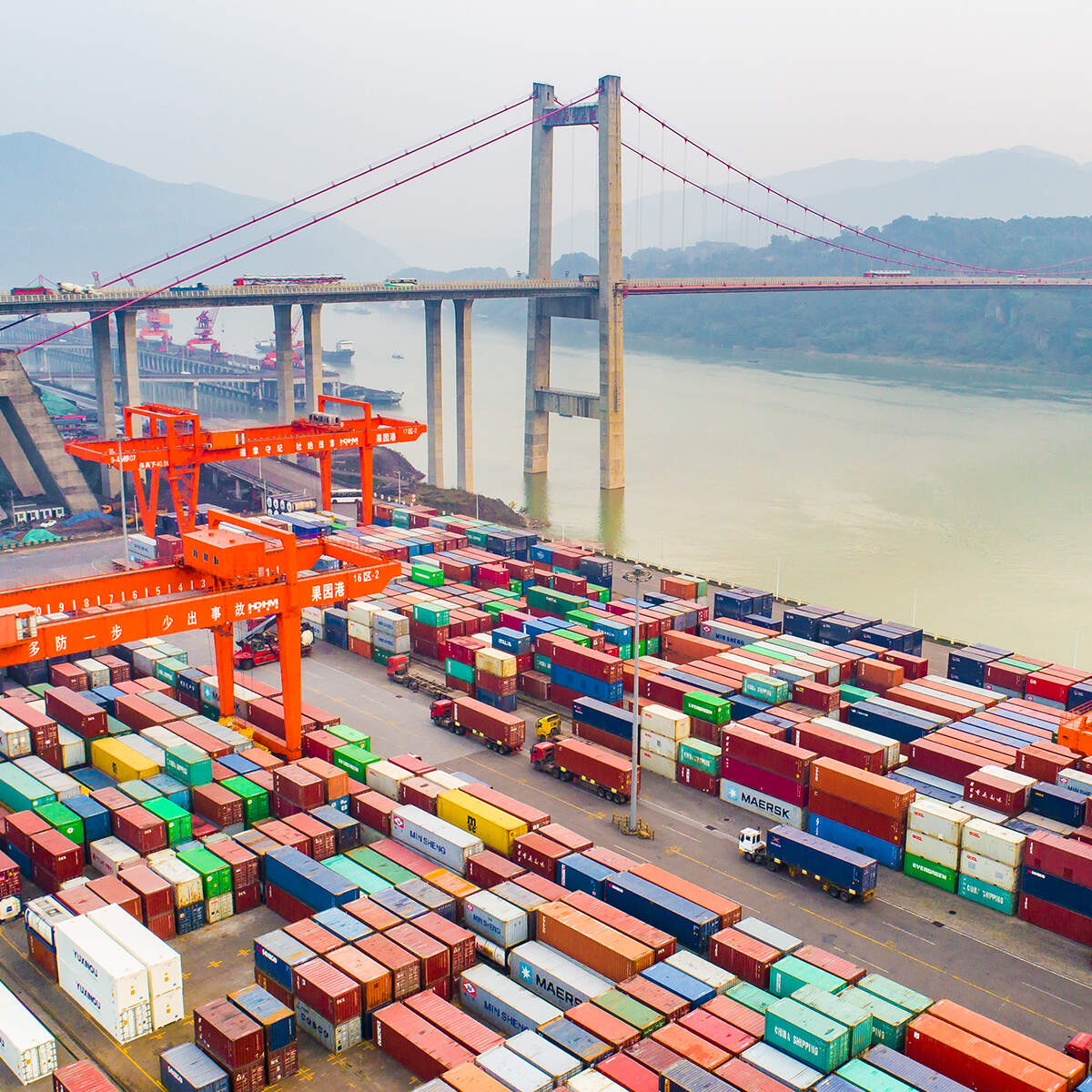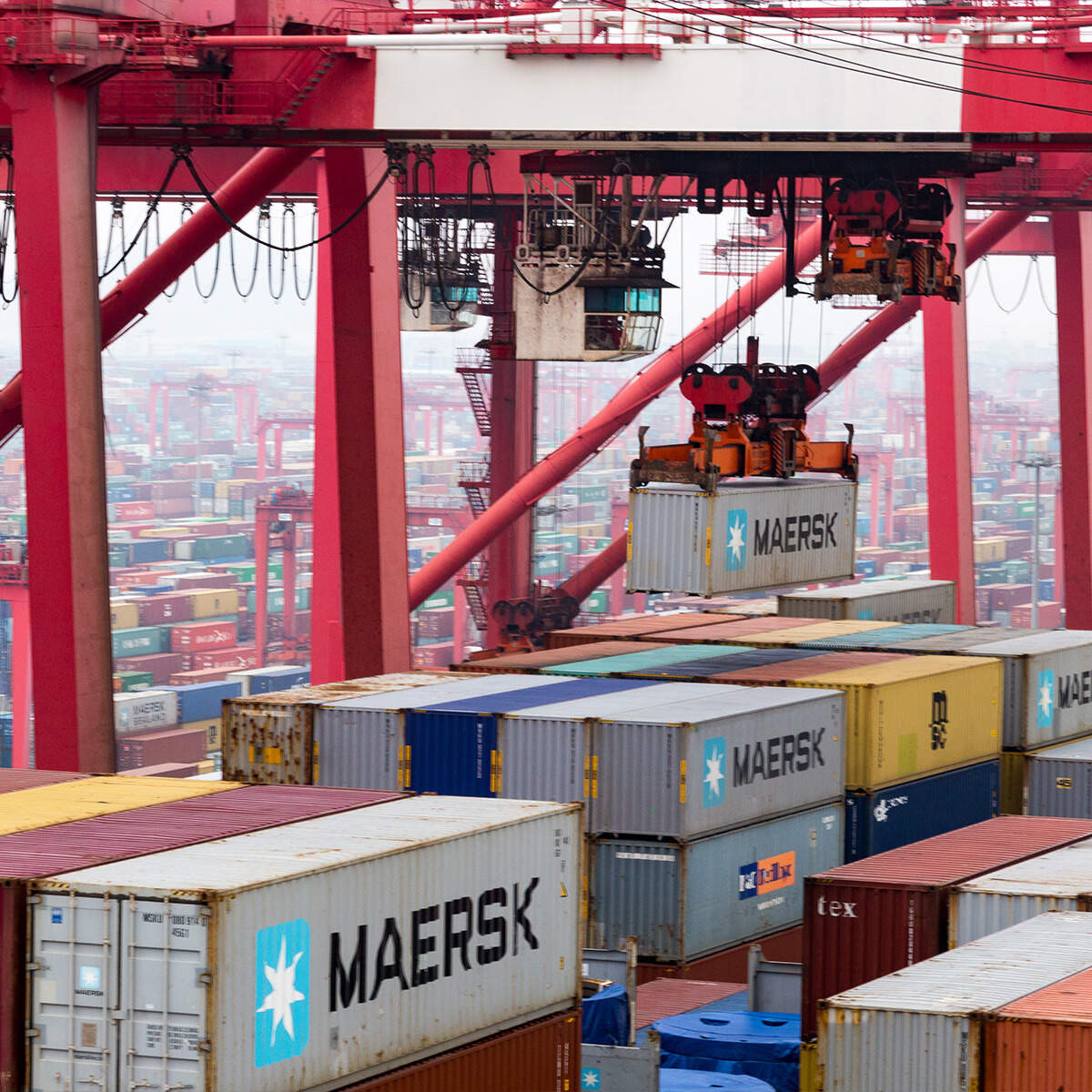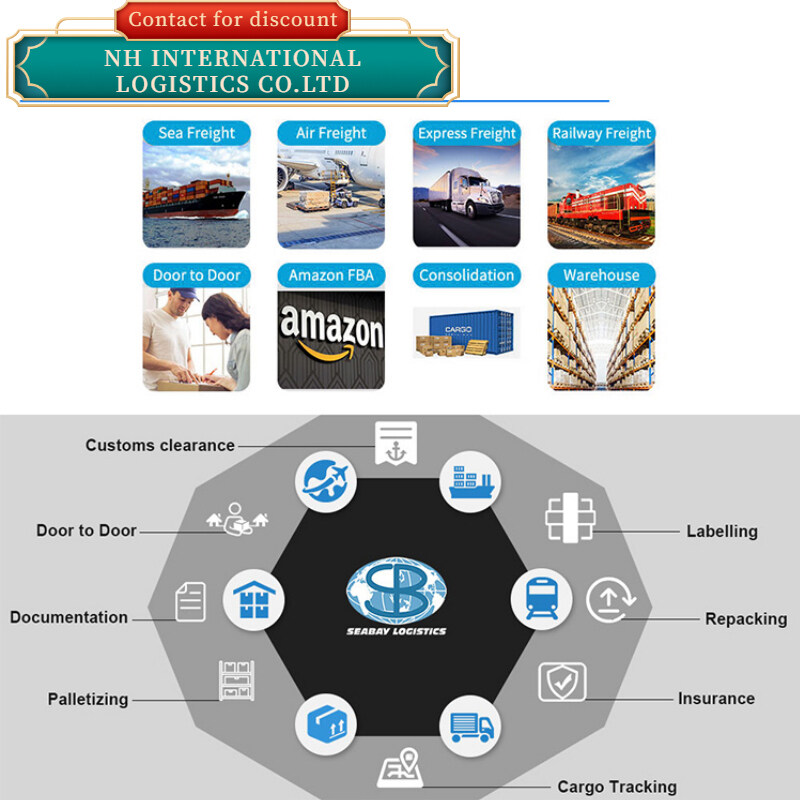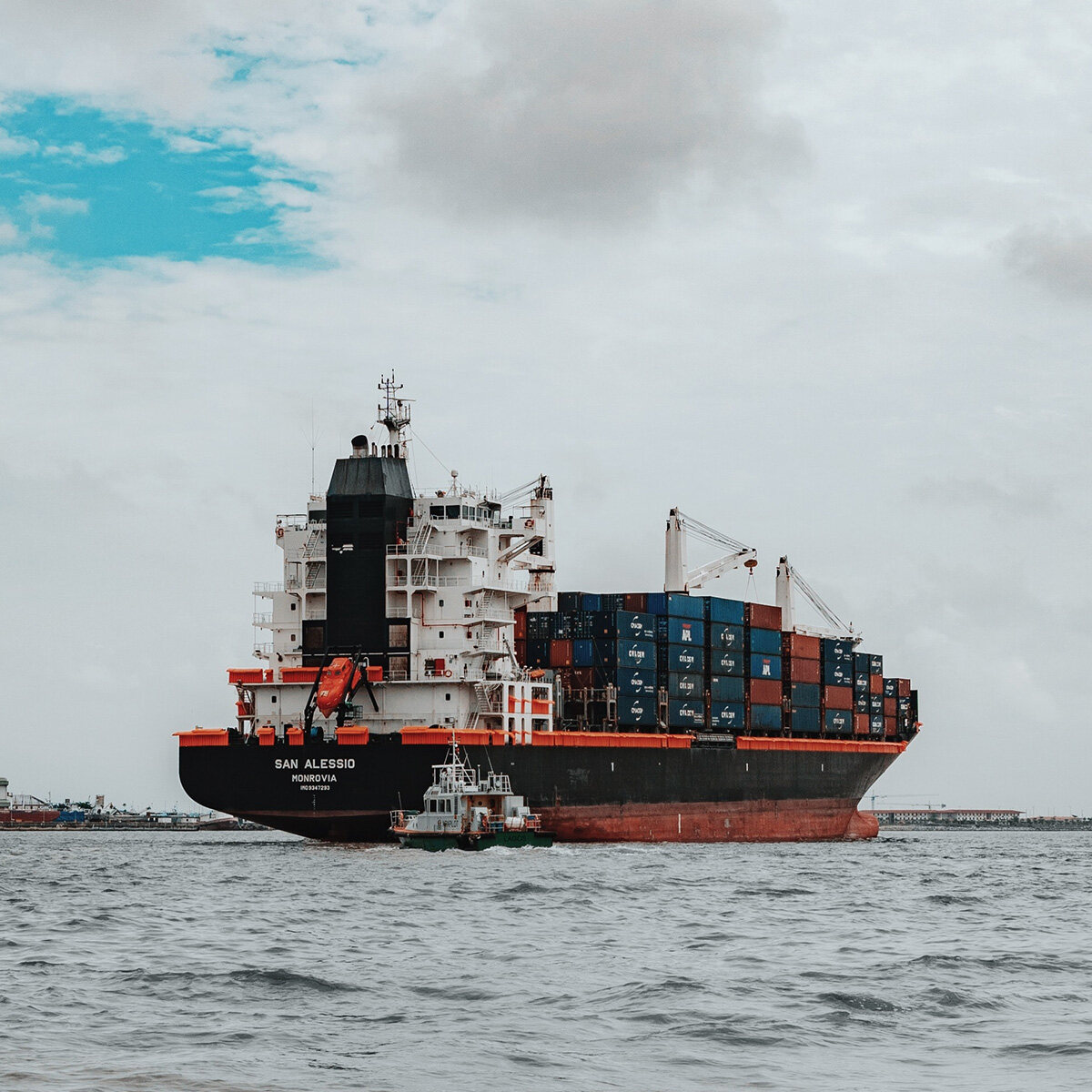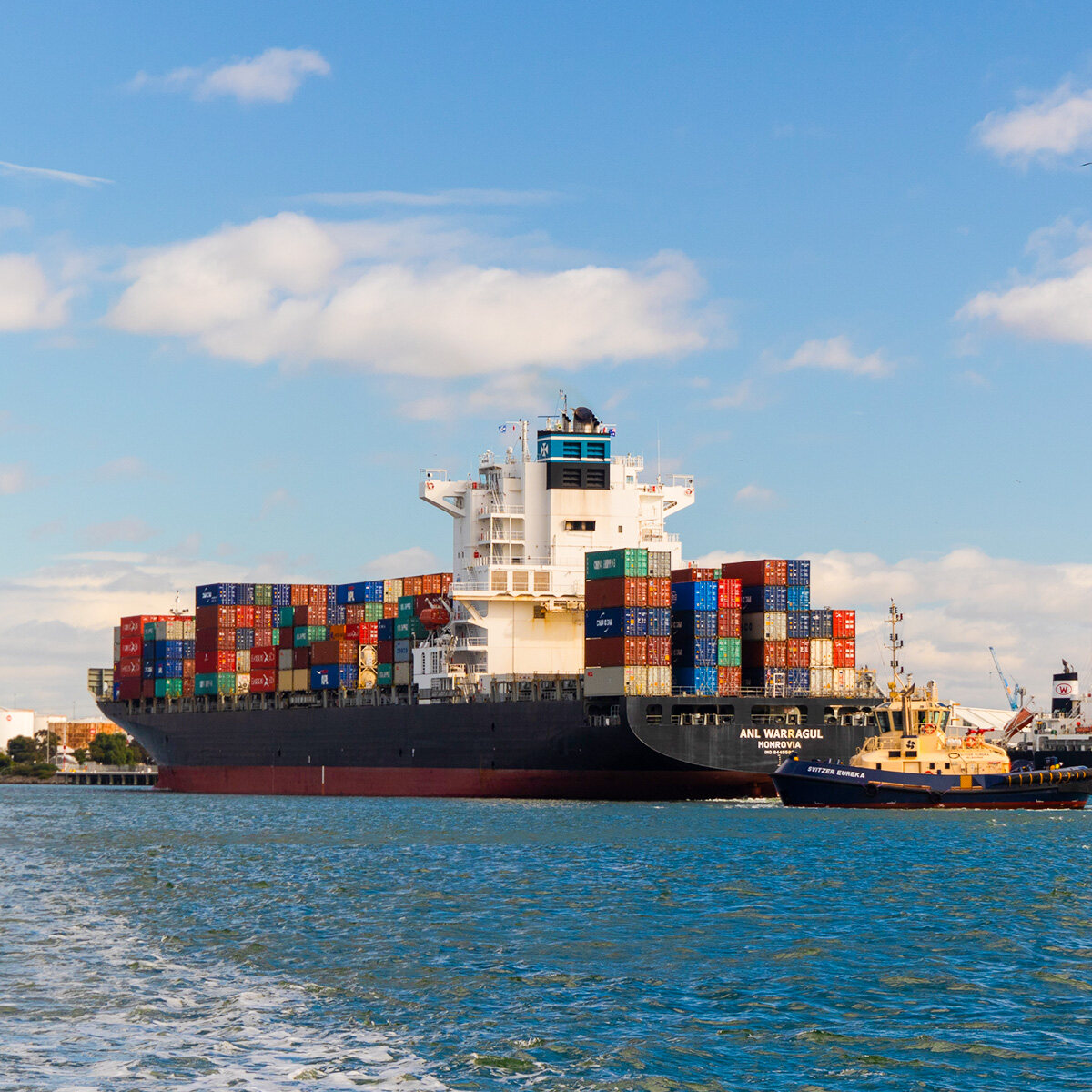Email format error
Email cannot be empty
Email already exists
6-20 characters(letters plus numbers only)
The password is inconsistent
Email format error
Email cannot be empty
Email does not exist
6-20 characters(letters plus numbers only)
The password is inconsistent

transporte container maritimo
The container type is determined by the type of goods loaded. At the moment, there are no internationally standardized classification methods for containers. However, we classify them according to their common uses, for example, for loading wood, steel products and other goods.
When goods are transported by international sea, there must be containers. This is also what cross-border sellers and freight forwarders need to know. What kind of container should my goods be packed in?
Containers can be classified according to the types of goods loaded, manufacturing materials, structures, and uses. There is no international classification method for the time being, but now we classify them according to the types of goods that are most commonly used, that is, according to the types of goods loaded.
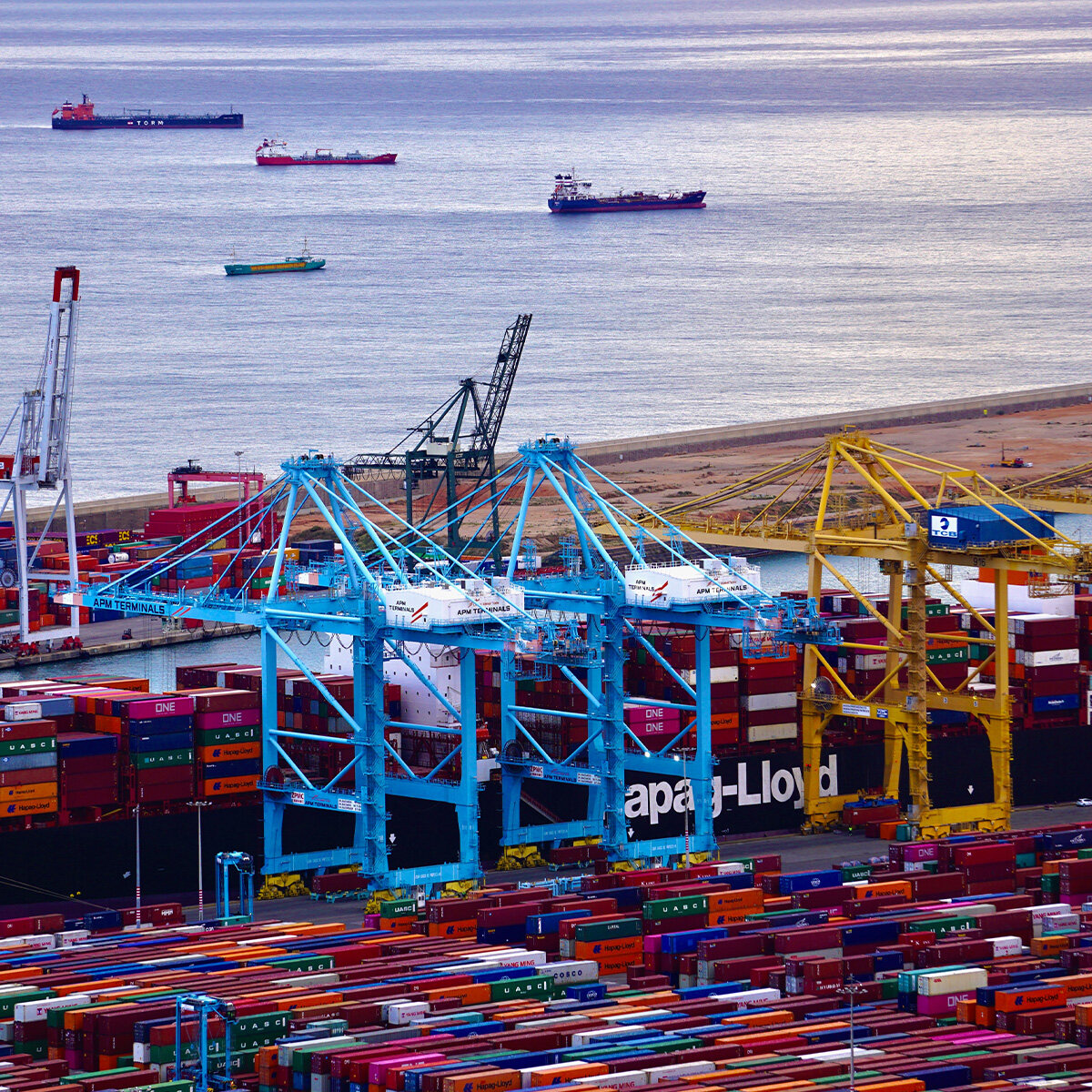
Classification of marine containers
Ordinary containers, also known as dry containers, can be used to load most goods except liquids, items requiring temperature adjustment and goods with special transportation requirements. Such as daily stationery, furniture, daily necessities, etc. Therefore, this kind of container is also the most widely used container type in the market, accounting for 70%~80% of all types of containers.
A refrigerated container is also called a freezer. As we mentioned above, we need to use this kind of container to load items that need temperature adjustment that cannot be loaded in ordinary containers. Generally, we need to use fruits and meat that need low temperature preservation. Generally, this kind of container is also divided into the external type and internal type, and the temperature can be adjusted between - 28 ℃ and 26 ℃.
Tank containers are also called liquid containers. Liquid goods that cannot be loaded in the ordinary containers mentioned above are loaded in such containers, such as oil, alcohol and liquid chemicals. It consists of a tank body and a box frame. When loading, goods enter from the loading hole on the top of the tank, and when unloading, goods flow out from the discharge hole or are sucked out from the loading hole on the top.
Open top containers will be used when it is not convenient to load some bulky goods with ordinary containers. The only difference between this kind of container and an ordinary container is that its roof is movable, not rigid. For example, large goods like glass plates are packed in this kind of container.
Another type of container also exists for overweight goods. This type of container is a frame container. This kind of box has no top and two sides, and the goods need to be loaded and unloaded from the side. Goods such as steel that do not need outer packing are generally loaded in this kind of container.

Advantages of sea containers
1. Container shipping can save packaging materials. The use of container transportation can simplify or eliminate transportation packaging, save packaging materials and costs, and reduce the cost of goods.
2. Ensure the quality of cargo transportation. Container transportation greatly reduces the number of manual loading and unloading and handling in the traditional transportation mode, which can avoid cargo damage, wet damage, loss and other freight accidents caused by human and natural factors, and reduce economic losses.
3. Container shipping can simplify shipping procedures. After the goods are transported by container, the box is used as the transportation unit of the goods, which reduces the complicated operation links and simplifies the freight operation procedures.
4. Reduce operating expenses and transportation costs. The cargo damage and difference have been greatly reduced, and the cargo insurance premium has also decreased accordingly; After carrying out the "door-to-door" transportation business, it can save a lot of warehouse construction costs and warehouse operation costs.
5. Improve the efficiency of loading and unloading operations. Because the container loading and unloading operation are suitable for mechanization, the efficiency of its loading and unloading operation is greatly improved. At the same time, it greatly shortened the stay time of container stations (ports) and accelerated the turnover of vehicles and ships and the delivery of goods.
6. It is convenient for automatic management. Container shipping is a standardized freight transport unit, which creates convenient conditions for automatic management.
